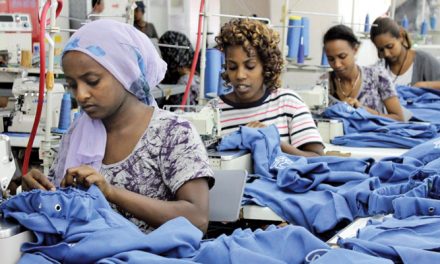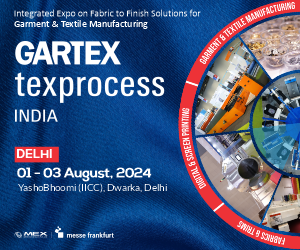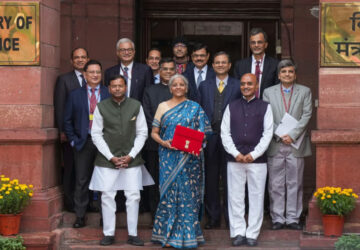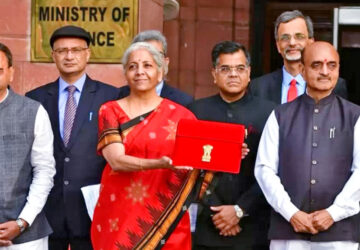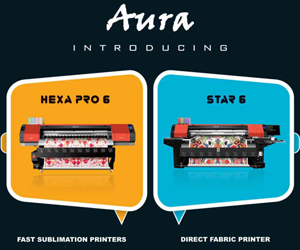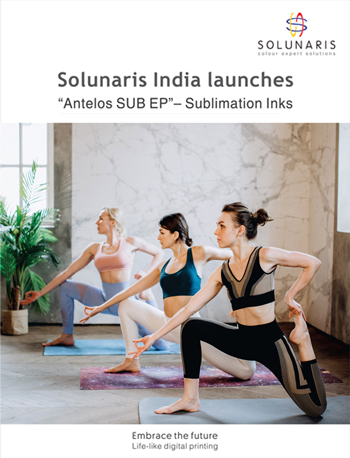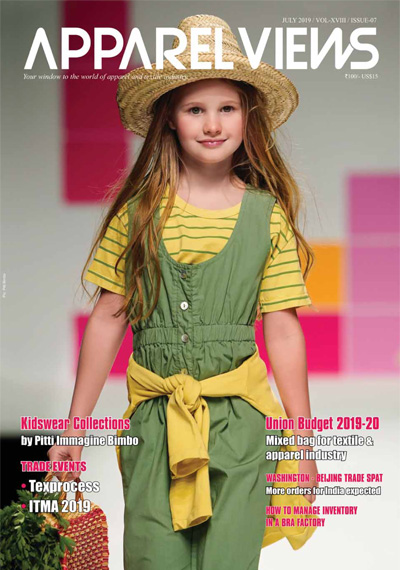
As per the data of DGCIS, export of textile and apparel including handicrafts has increased by 0.2 per cent from $40.1 bn in 2014-15 to $40.4 bn in 2018-19. India witnessed a double-digit growth of 10.83 per cent in apparel export to the US in January- May 2019 compared to last year.
The government has taken various measures to increase competitiveness of textile industry. GST rates for garments and made up articles is 5 per cent of sale value not exceeding Rs. 1,000 per piece and 12 per cent for articles of sale value exceeding Rs. 1,000 per piece. To reduce the cost of garment industry, GST rate on manmade fibre yarns has been reduced from 18 per cent to 12 per cent. Further, the refund of accumulated input tax credit on fabrics has also been allowed to reduce cost of fabrics which is a major input for garments.
Government also announced a Special Package for garments and made-ups sectors. The package offers Rebate of State Levies (RoSL), labour law reforms, additional incentives under Amended Technology Upgradation Fund Scheme (ATUFS) and relaxation of Section 80JJAA of Income Tax Act. The rates under Merchandise Exports from India Scheme (MEIS) have been enhanced from 2 per cent to 4 per cent for garment and made-ups, 5 per cent to 7 per cent for handloom and handicrafts from 1st November 2017.
Products such as fibre, yarn and fabric in the textile value chain are being strengthened and made competitive through various schemes-Powertex for fabric segment, ATUFS for all segments except spinning and Scheme for Integrated Textile Parks (SITP) for all segments. Assistance is also provided to exporters under Market Access Initiative (MAI) Scheme. To contain increase in imports of textile and apparel, Government increased Basic Customs Duty on 504 lines comprising apparel, carpets, fabric, madeups and others from 10 per cent to 20 per cent.
Moreover, the policy Repo Rate has been reduced by 0.25 per cent from 6 per cent to 5.75 per cent. The Monetary Policy Committee decision to change the Monetary Policy stance from Neutral to Accommodative gives confidence that there would not be any interest hike in the near future. Industry has appealed to all banks to come forward to pass on the reduction of interest rate to the borrowing units, particularly to MSME exporting units. The reduction of interest will pave way for the growth of investment and exports.






